A relationship that keeps us grounded
The Cherokee tribe calls trees the Standing People.
If we go back long enough in evolution, we will find that everything evolved from the same single-celled life. So the distinctions we make between plants and animals, or plants and humans don’t exist.
So, the trees that surround us at Indian Designs are as much our coworkers as the people around us.
As soon as you enter the gate leading to the head office, on the right, in a cool dark green groove, you can see the Indian Almond, Kapok and Banyan tree standing tall and steadfast. Both the Kapok and the Banyan were planted 12 years ago by our Executive Director Mr. Javeed Haroon. All these trees are special to us, we redesigned the compound boundary of our head office to circumvent the Banyan tree so it was not disturbed in any way.
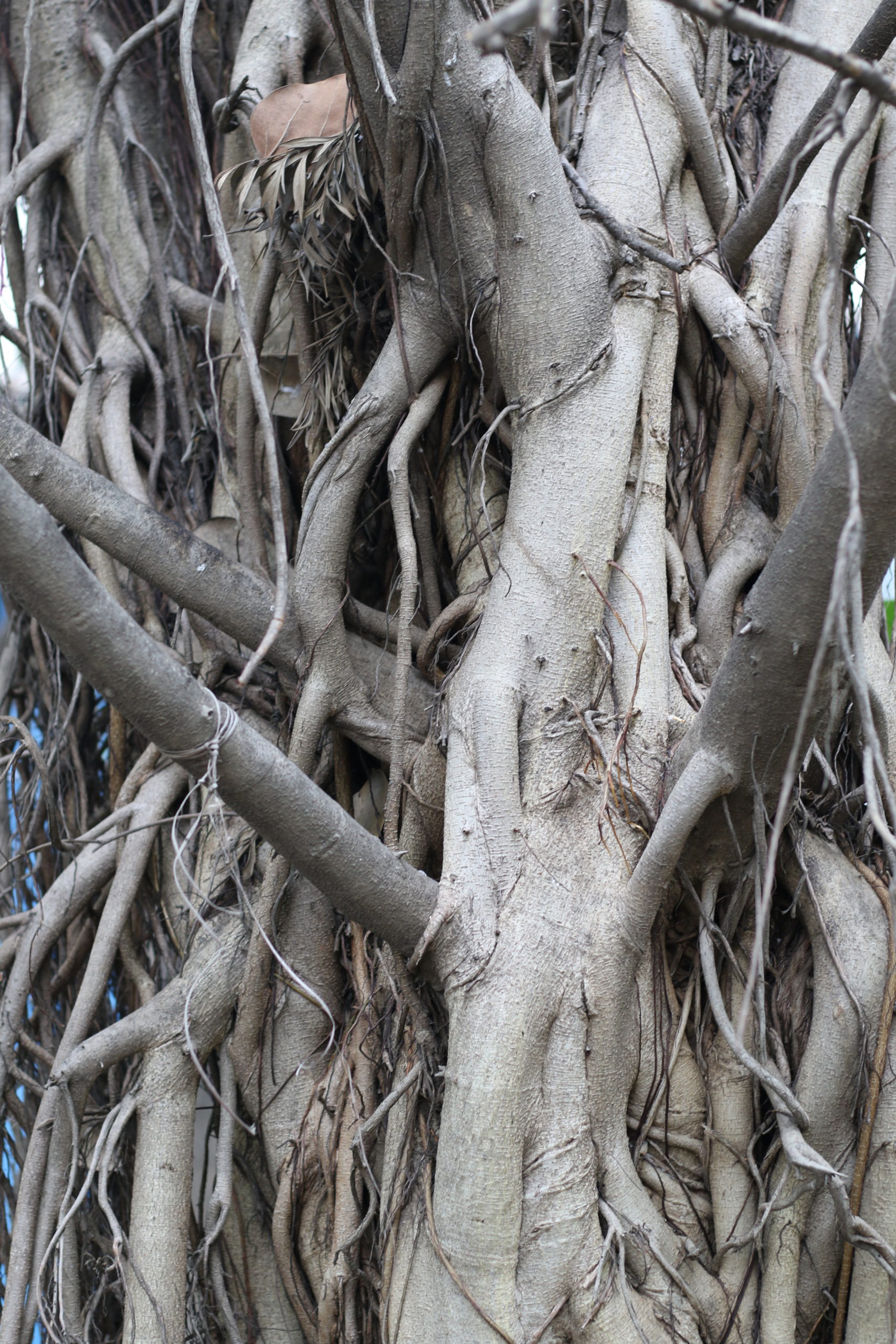
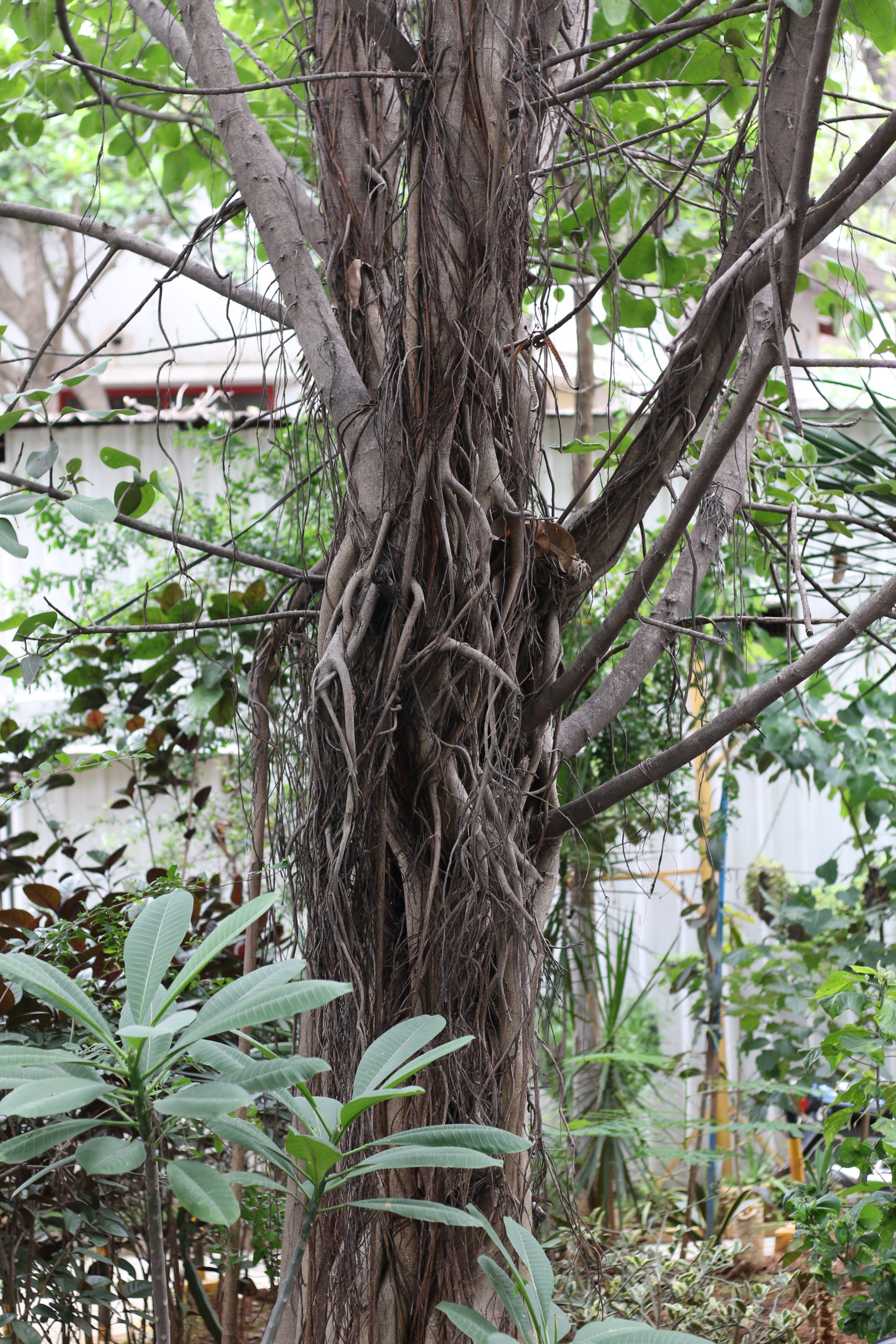
Banyan tree
Banyan trees figure prominently in Indian religions and mythology as well as in several Asian and Pacific cultures. In Hinduism, the leaf of the Banyan tree is said to be the resting place for the god Krishna. Married women observe a fast during the month of Jyestha in the Hindu calendar. During this fast, they tie threads around a Banyan tree and pray for the well-being of their husbands. Over the years it has come to symbolise fertility, life and resurrection. Its barks and roots have also been used for centuries in ayurvedic medicine.
The acquiescent and supine presence of the Banyan is complimented by the vehement Kapok, towering above all others.
Kapok tree
Originally, it was found throughout the Neotropics, from southern Mexico to the southern Amazon and even to parts of West Africa. Today it has made its way to Asia as well. It produces a pod-like fruit. The outside covering is brown and brittle enveloping small, soft, white fibre bulbs, and inside the bulbs are even tinier black seeds. The fibres are too short for weaving but make great stuffing for bedding, providing warmth during cold winter months.
Beside the Kapok is the Indian Almond tree which brings with it a lot of nostalgia.
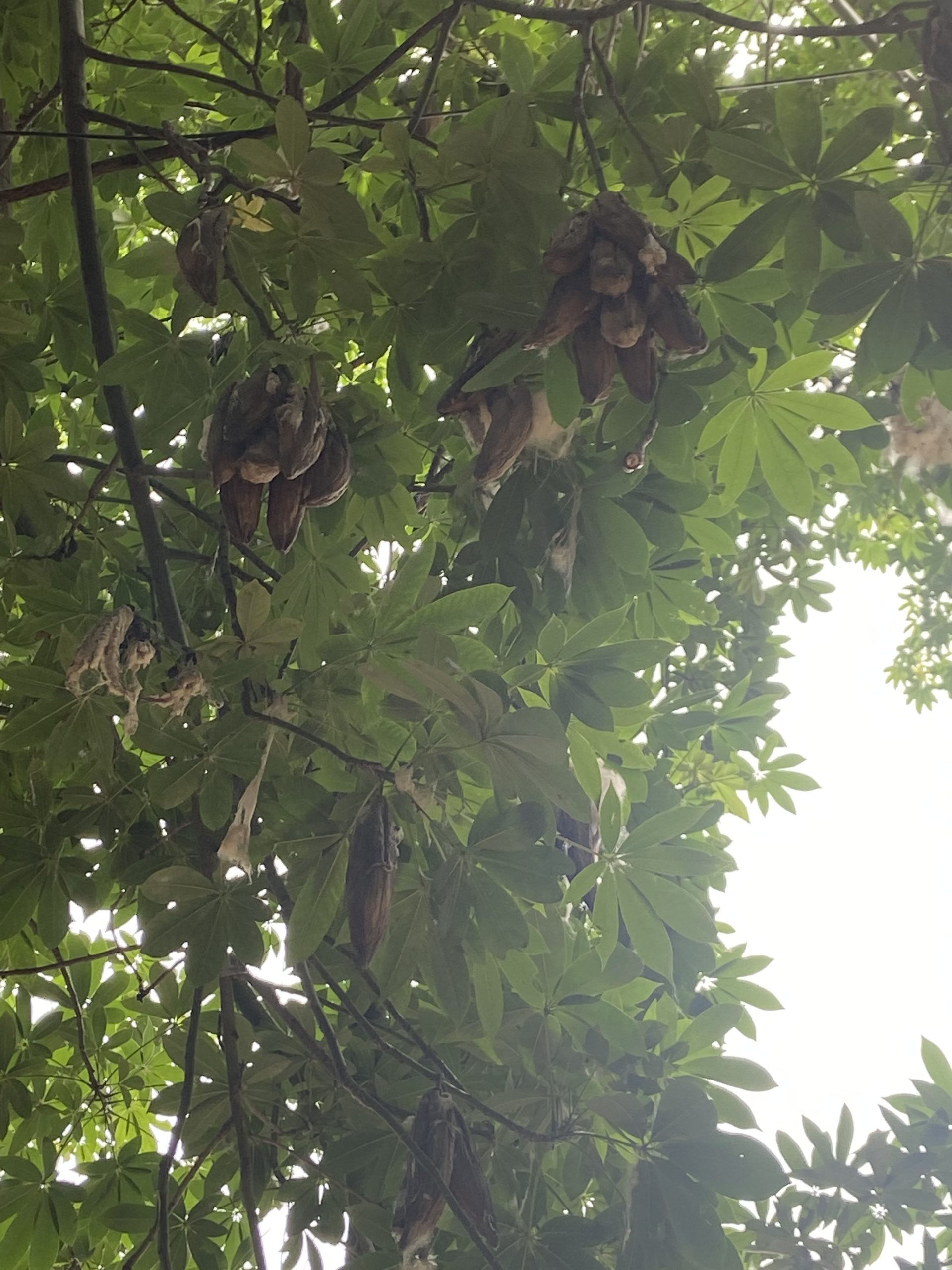
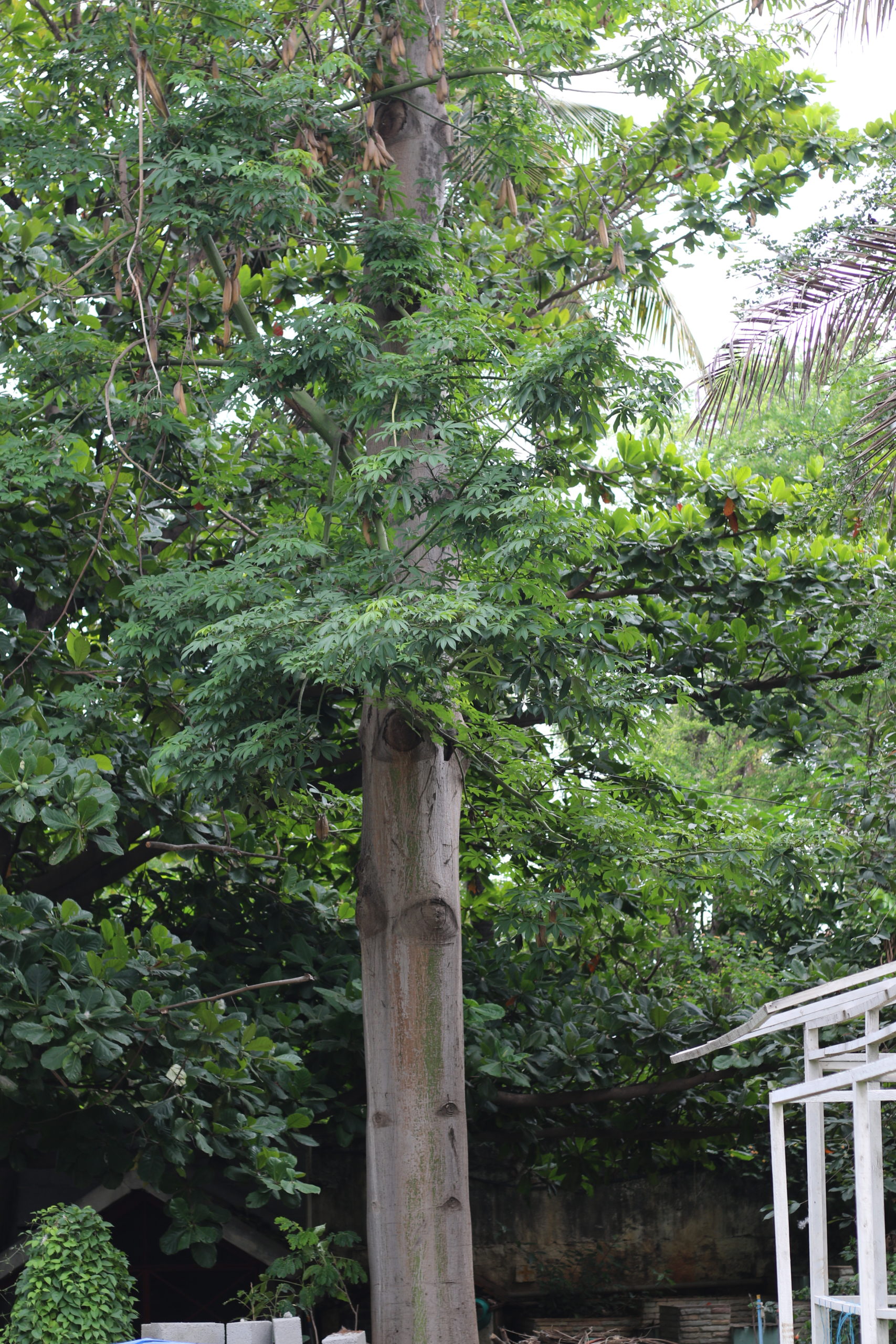
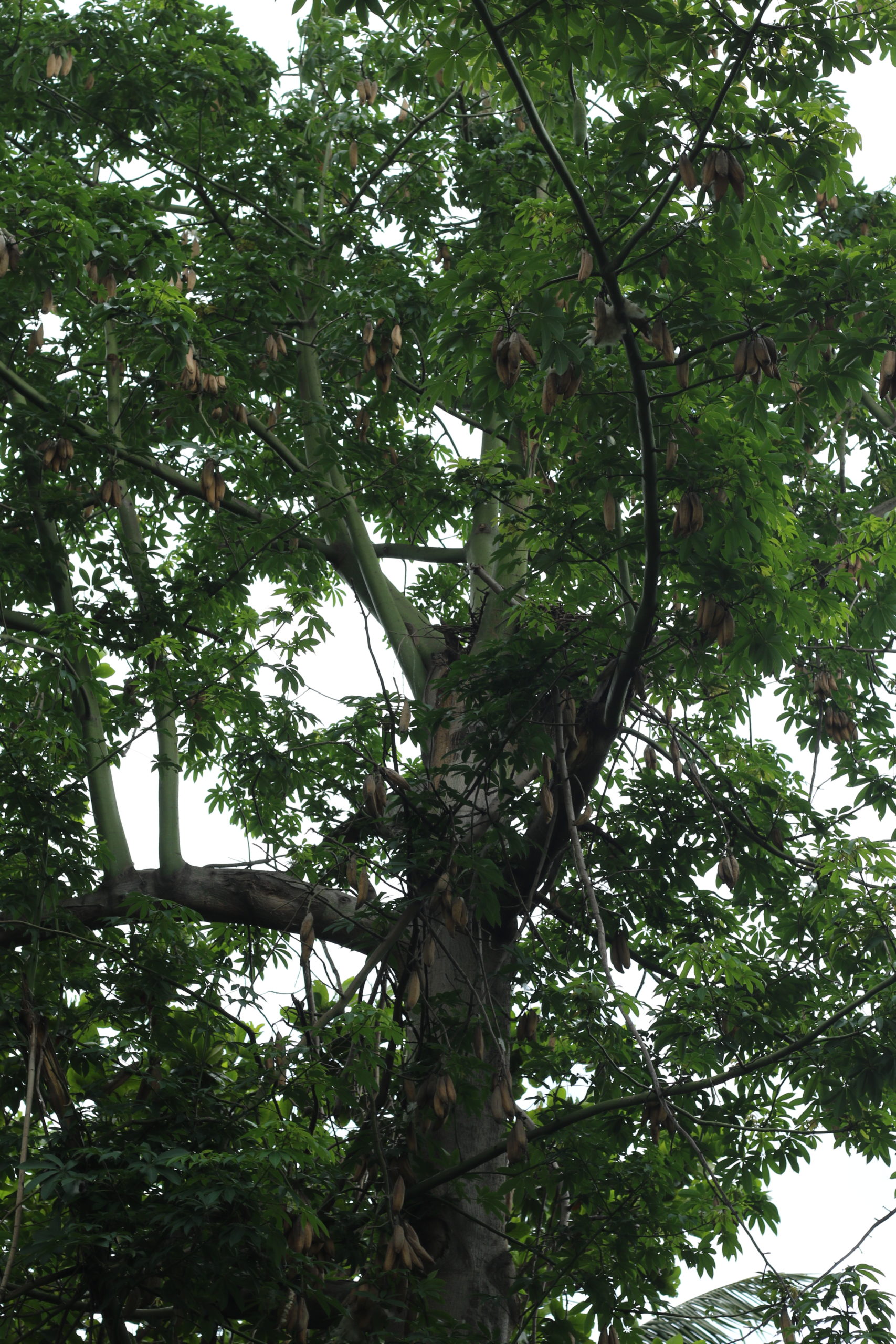
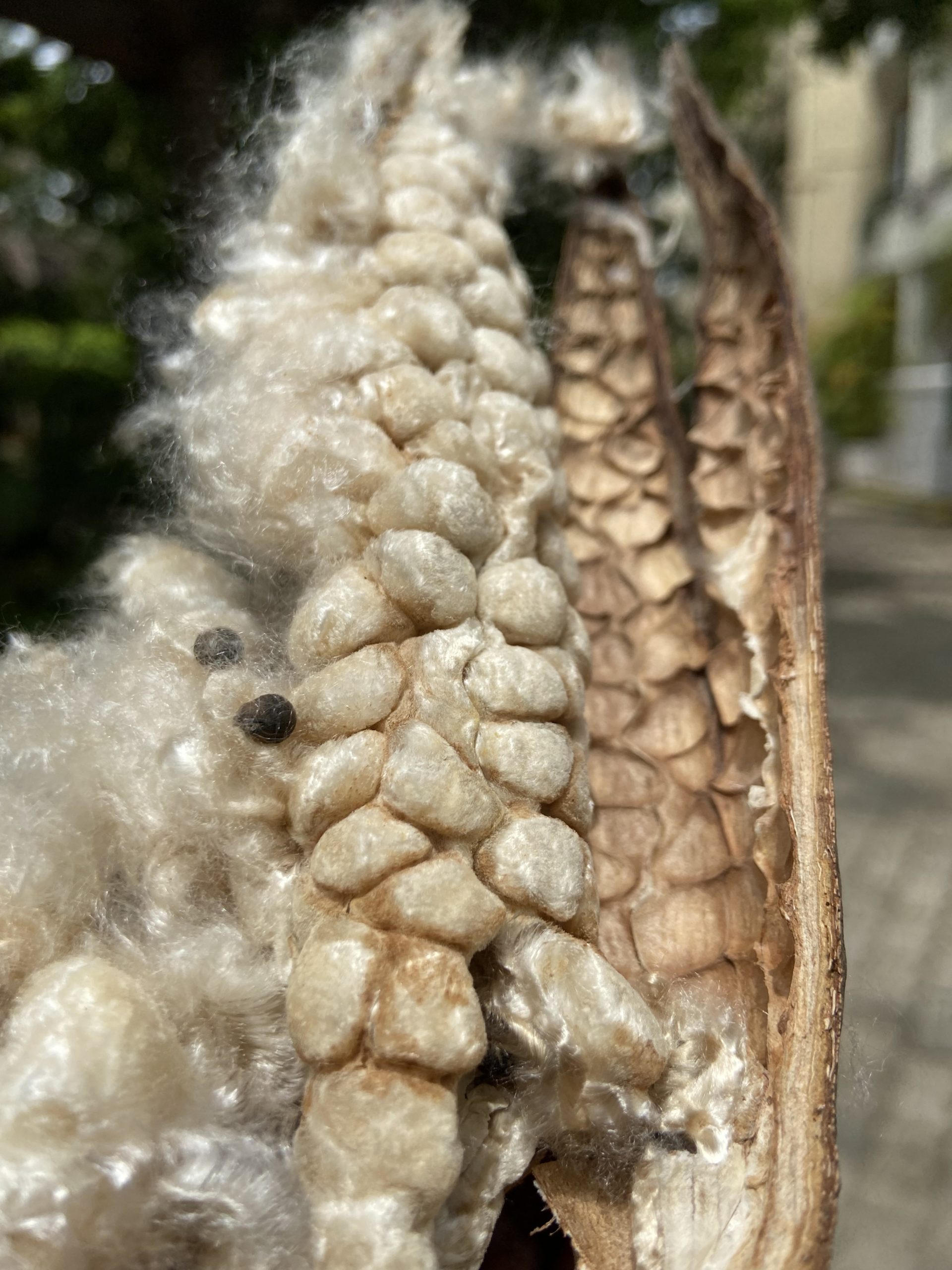
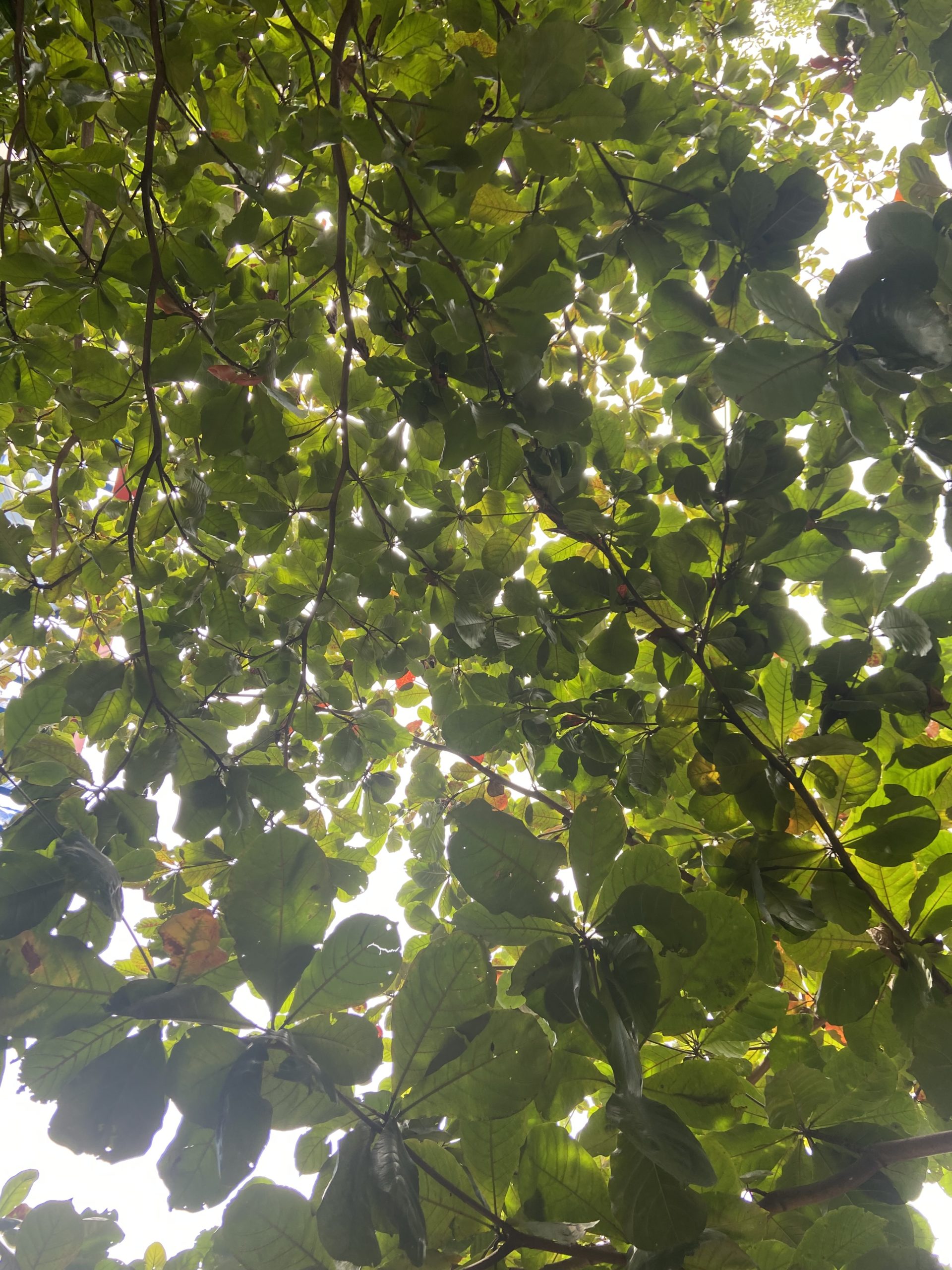
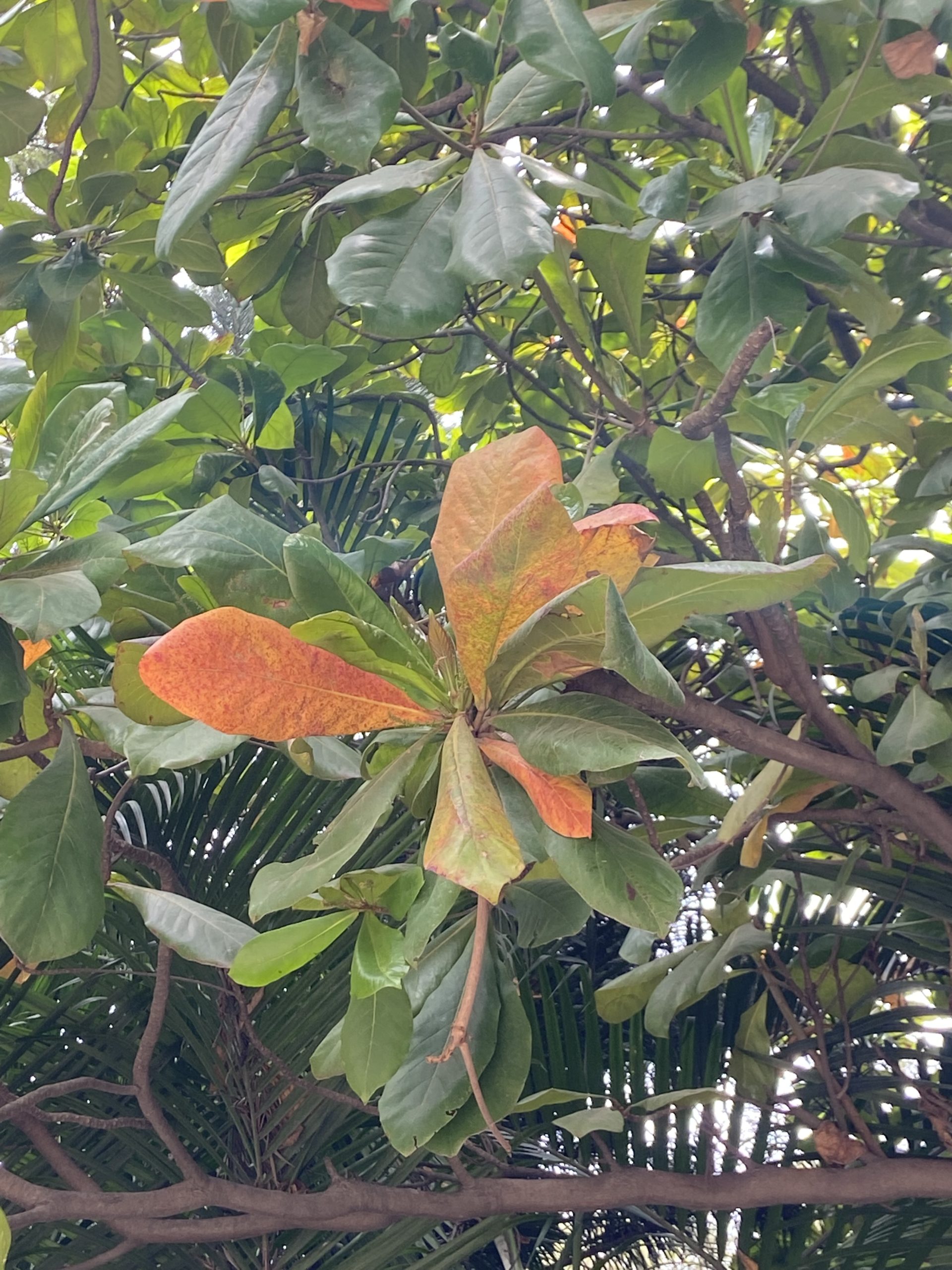
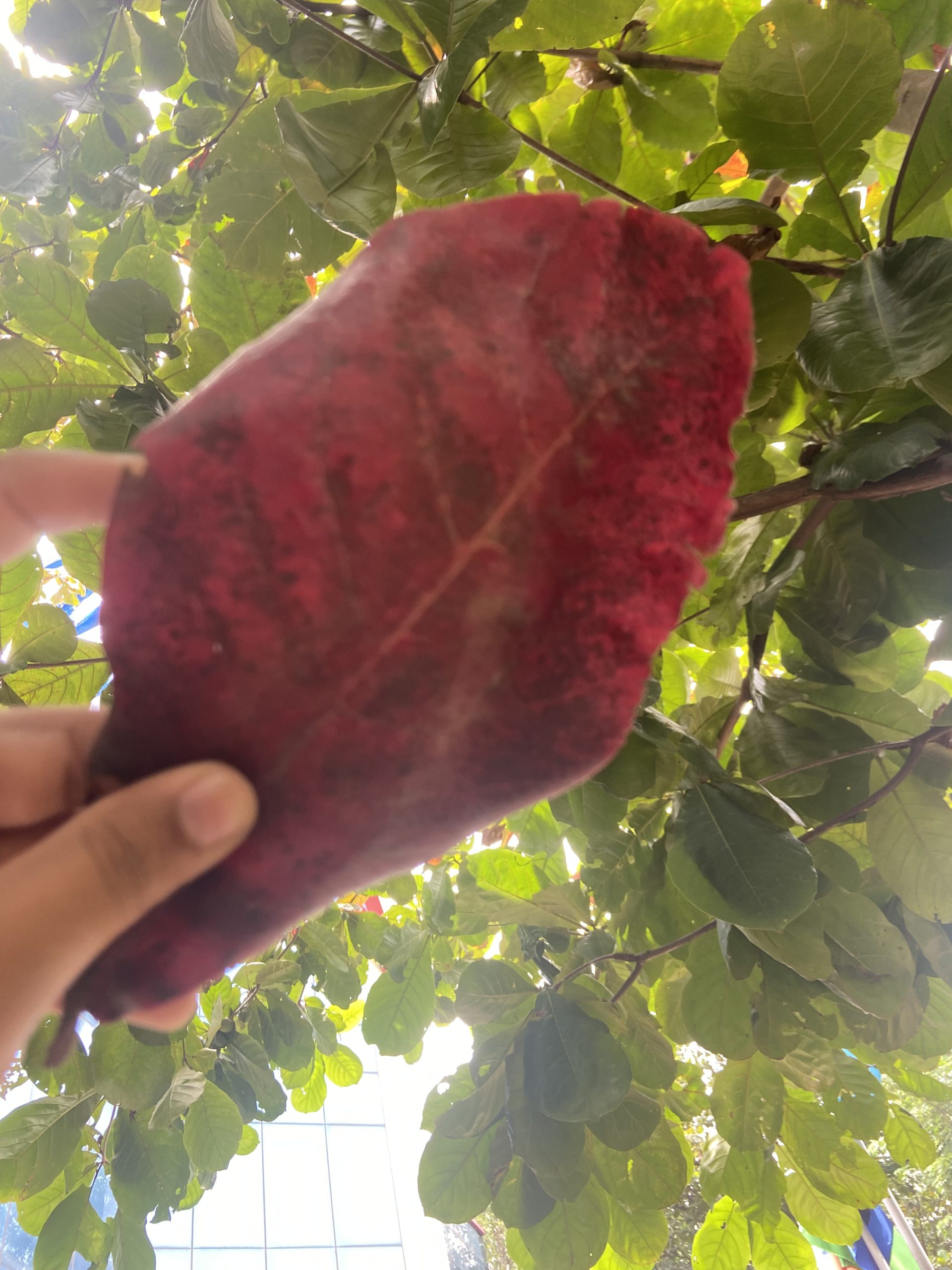
Indian Almond
Climbing this tree during the summer to pluck the ripe, red, fleshy fruit is what childhood memories are made of. Inside the fruit is a tender seed which tastes almost like an almond. Like almonds, the seed is also dried and pressed for oil. The leaves of the Indian Almond are a unique rounded shape. They start off as green and age to a bright orangish-red in winter and are a magnificent sight to behold. The leaves have many medicinal properties and are used in herbal medicine. In Suriname, the leaves are used to make tea.
Once you have rounded the head office building, the Pine Cone Ginger will catch your attention with its bright red flowers. Continue to walk down the path and you will come across an alcove housing our creche. Watching over the creche is our Neem Tree.
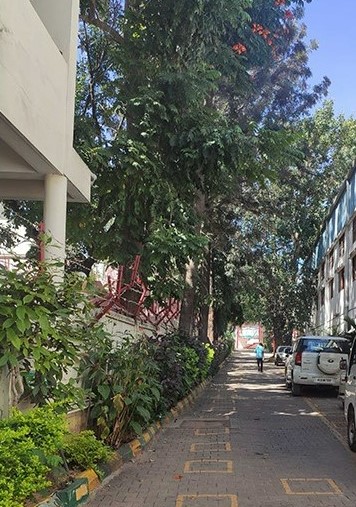
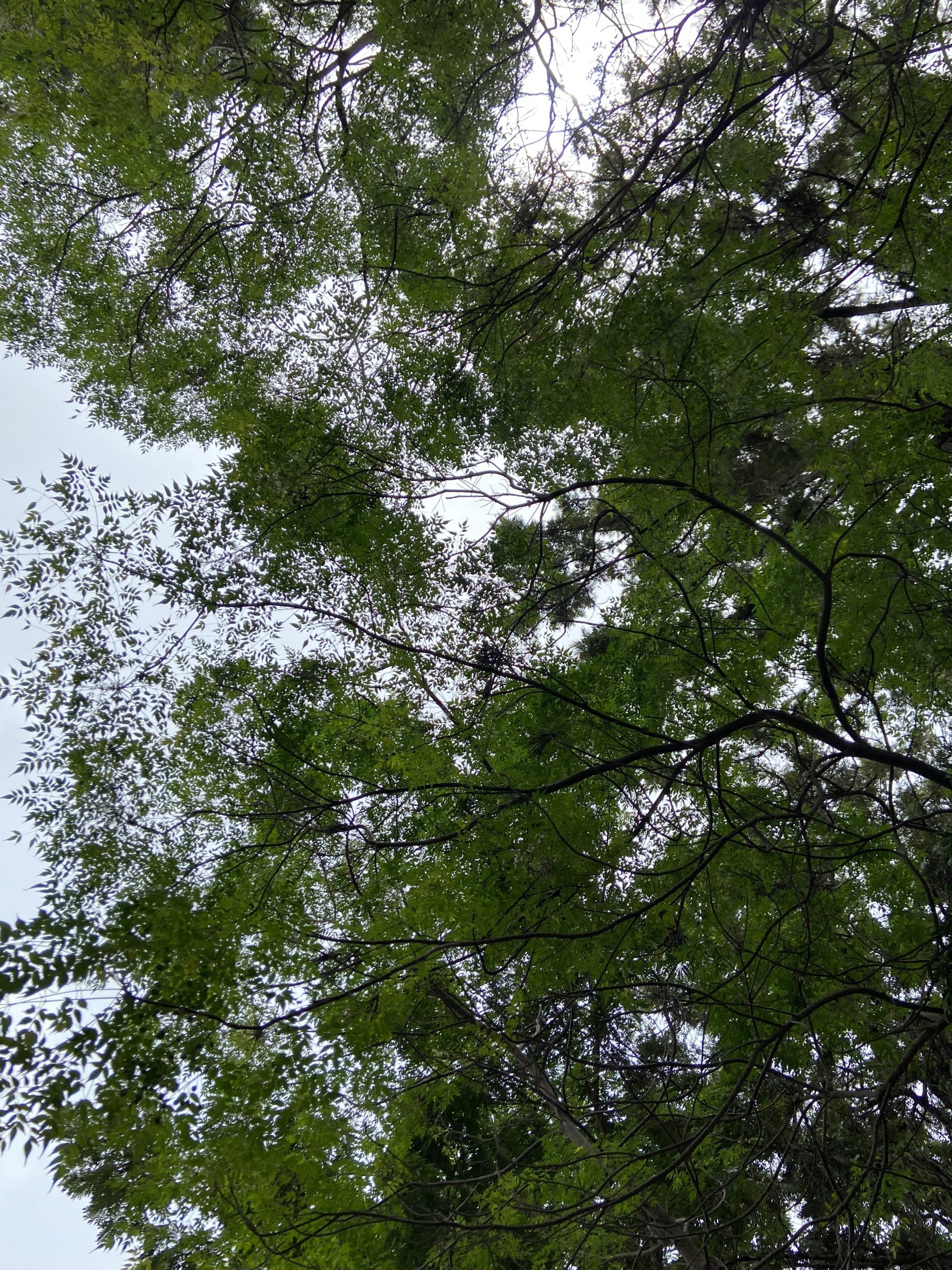
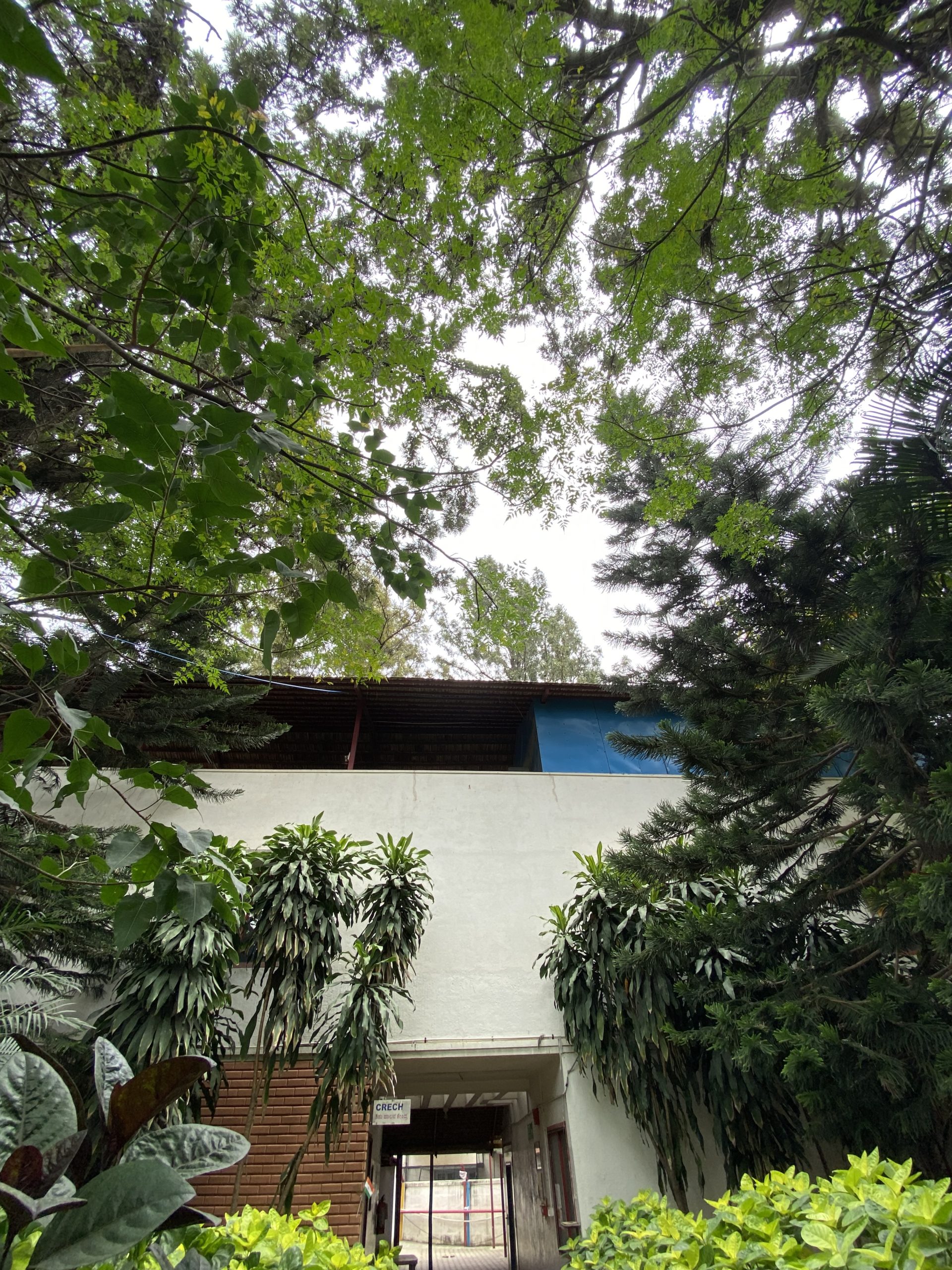
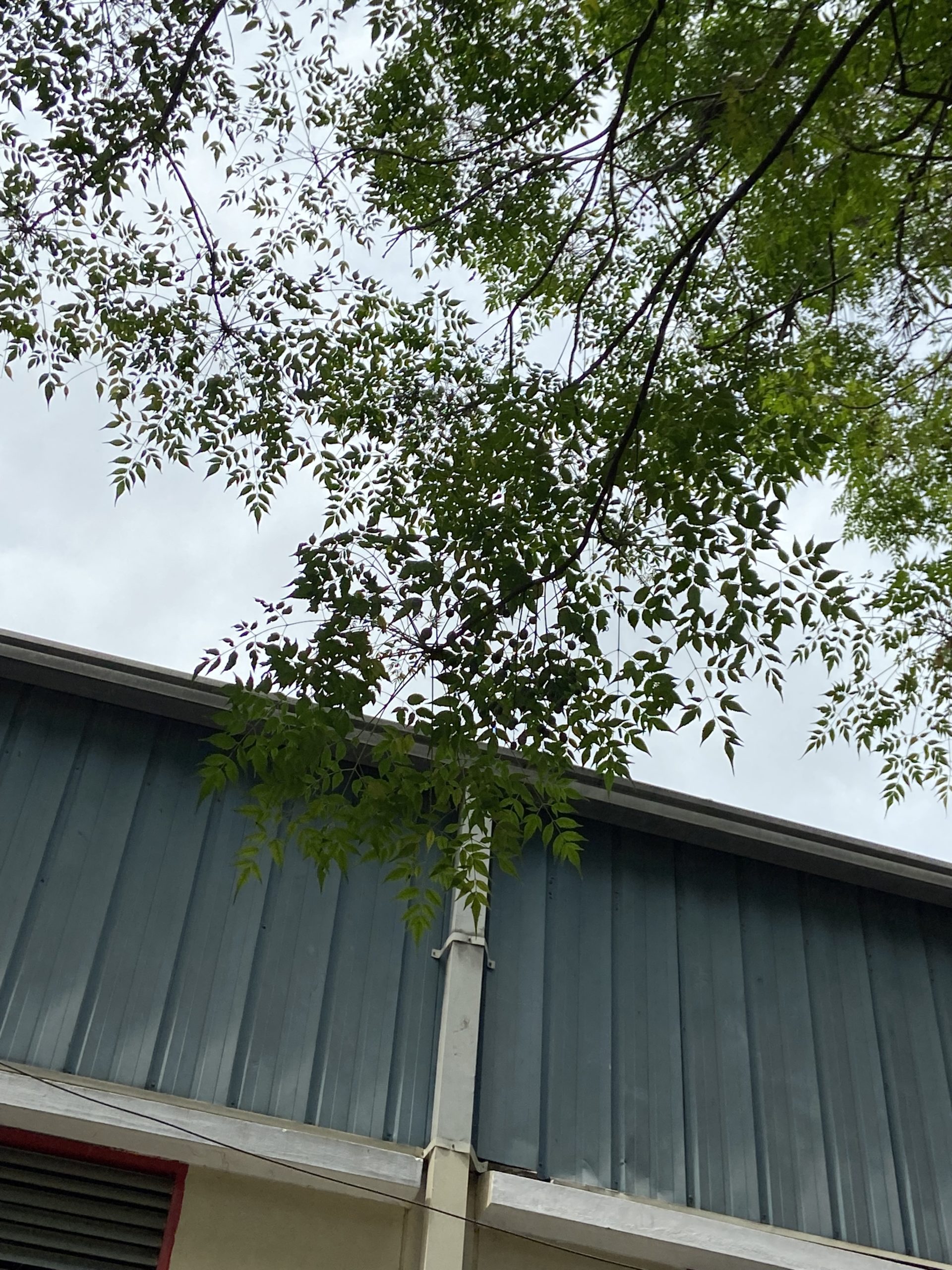
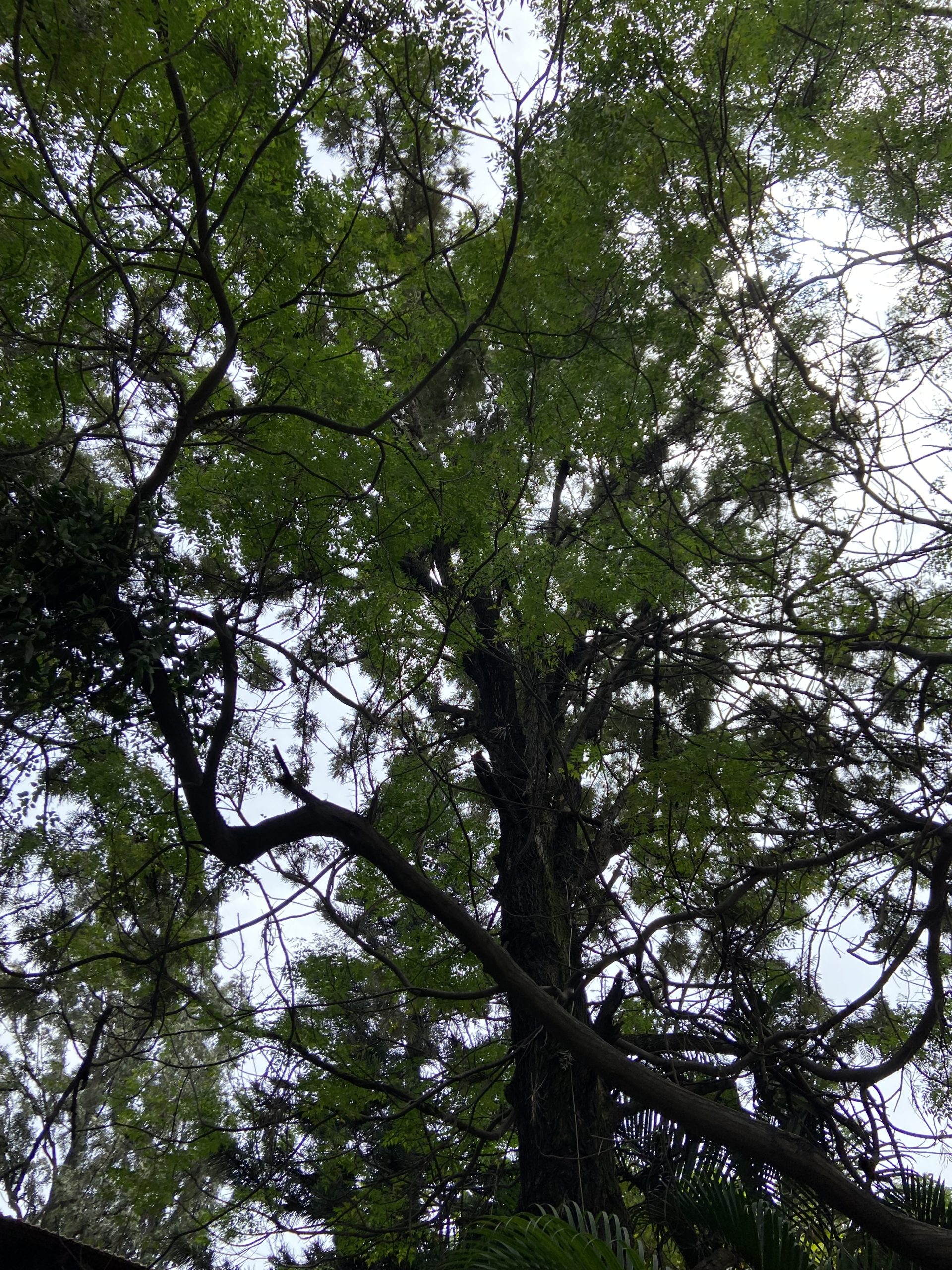
Neem tree
In India, Neem trees are grown in courtyards of homes or on the sides of roads. The dense green leaves provide shade on hot summer days, purify the air and protect us from pests like mosquitoes. The leaves have an intense bitter taste and have long been used in Ayurvedic medicine and homemade remedies. Everyone has a memory of their mom coaxing them to drink the bitter juice when they have fallen ill. As it defends crops from harmful bacteria and fungi it is a vital part of organic farming as well.
Nearly all parts of the Neem tree are helpful to humans and support us physically. While the Pine Cone Ginger supports us spiritually ensuring our energies are always in a positive flow.
Pine Cone Ginger
The pink flowers grow in clusters and form a striking plumage. In an ancient practice called feng shui, human life is believed to be connected to and flowing with the environment around it. The goal of feng shui as practised today is to situate the human-built environment on spots so that positive energy flows through the space. The Pine Cone Ginger is believed to be a useful plant to feng shui a space. It has been used for this purpose by Japanese, Chinese and native Hawaiian cultures, as well as other cultures influenced by Taoism.
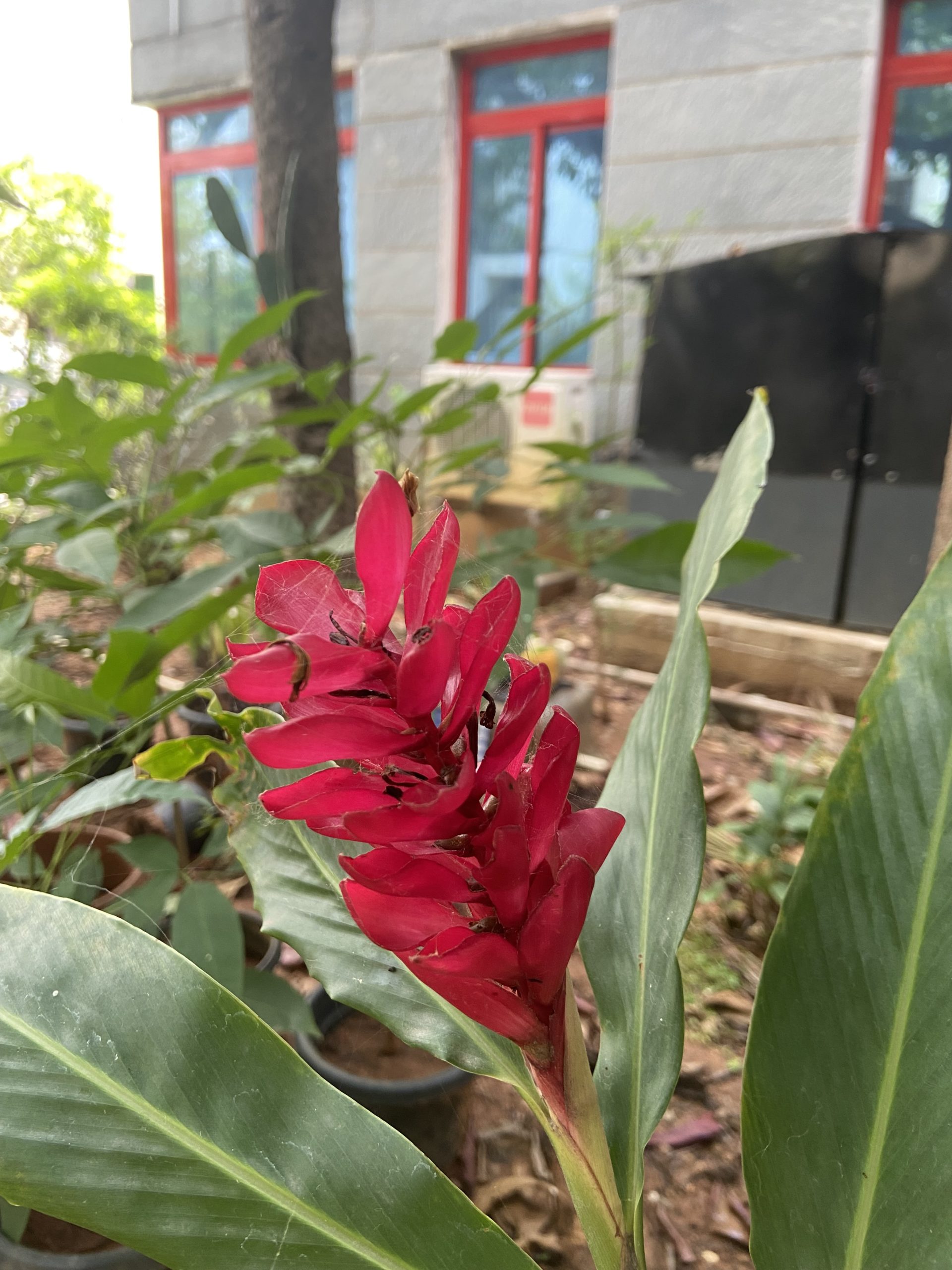
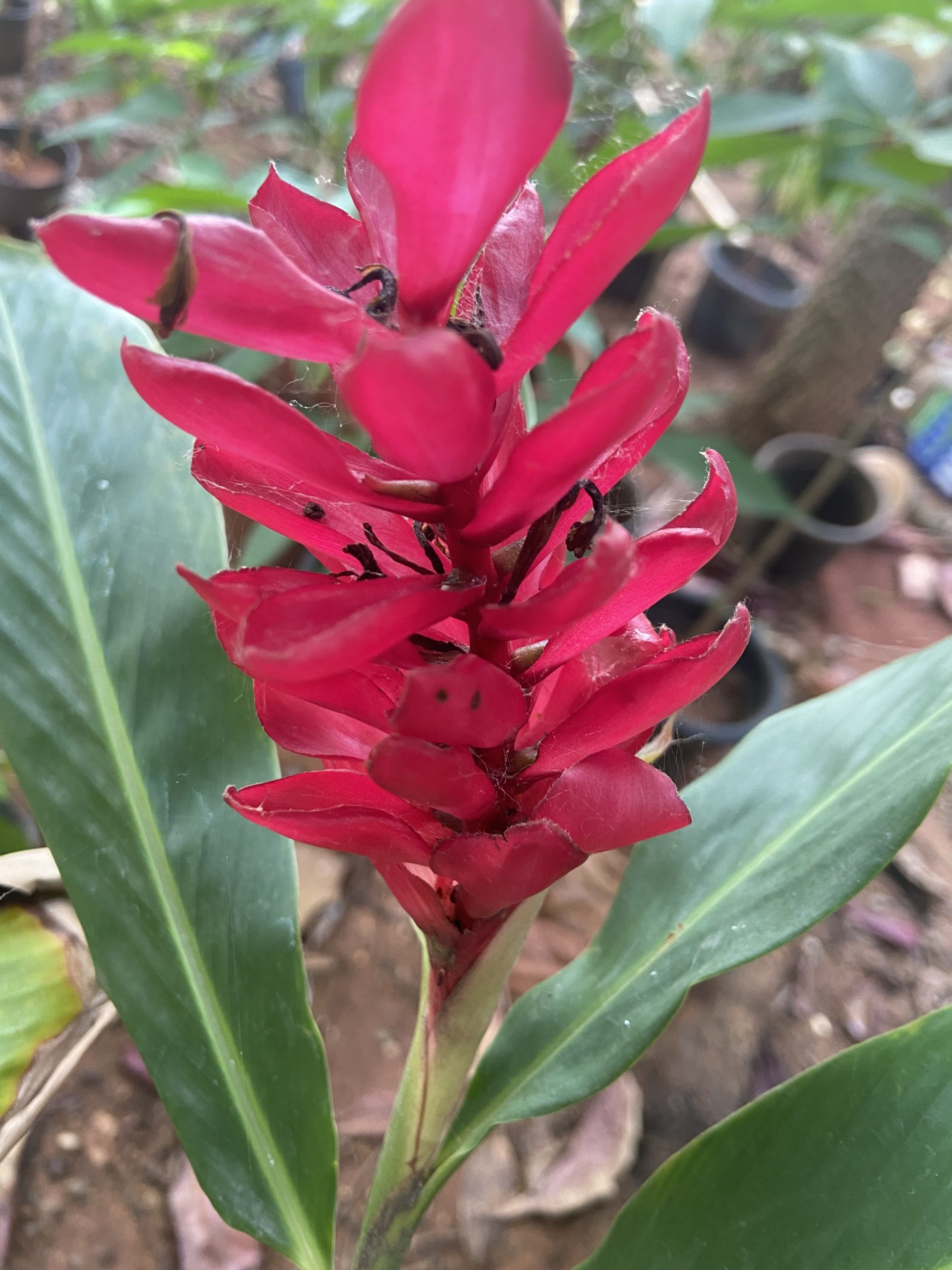
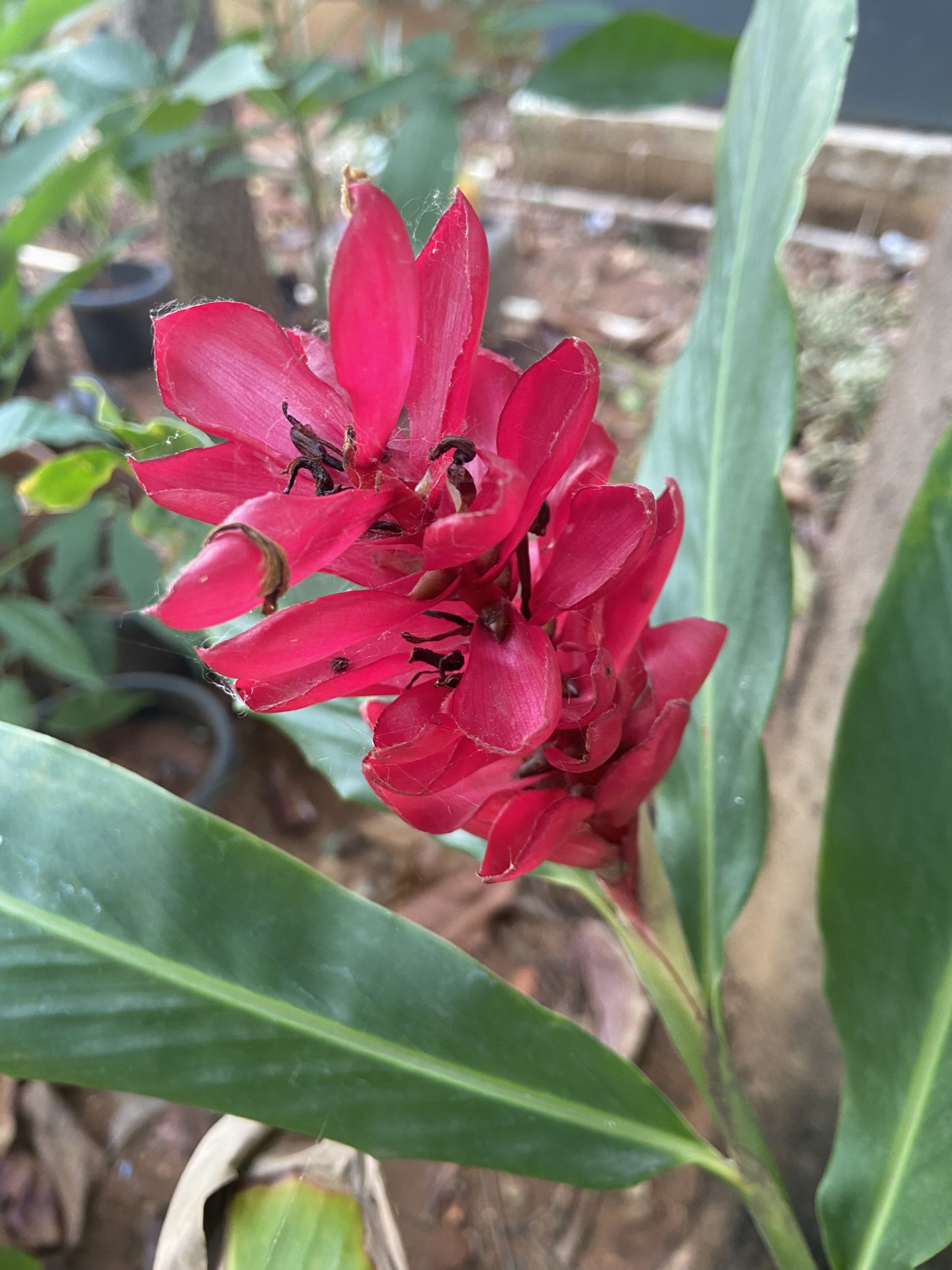
When we want to find a moment of quiet before a pivotal meeting, we find ourselves among these and other tree clusters. They soothe our minds and bodies and provide a comfort that we are not even overtly conscious of but it’s there all the same.
Shinrin-yoku is a Japanese practice of forest bathing. It literally means “taking in the forest atmosphere.” The point here is not to exercise but to take a gentle mindful stroll through your natural surroundings to be open to the experience of the trees around us. This practice also has a scientific point of view. Trees emit minute oil particles, as protection against germs and insects. These particles that the trees give off are good for the human immune system.

The Cherokee tribe who called trees the Standing People first encountered the corn plant as a seedy weed. In the long and cherished friendship that followed, corn transformed into the rich grain we see today that kept the Cherokee safe through many winters. As humans, our lives are intrinsically entwined with plants. We have cared for each other. Made each other feel safe and made each other’s life more prolific. As every healthy relationship does.

